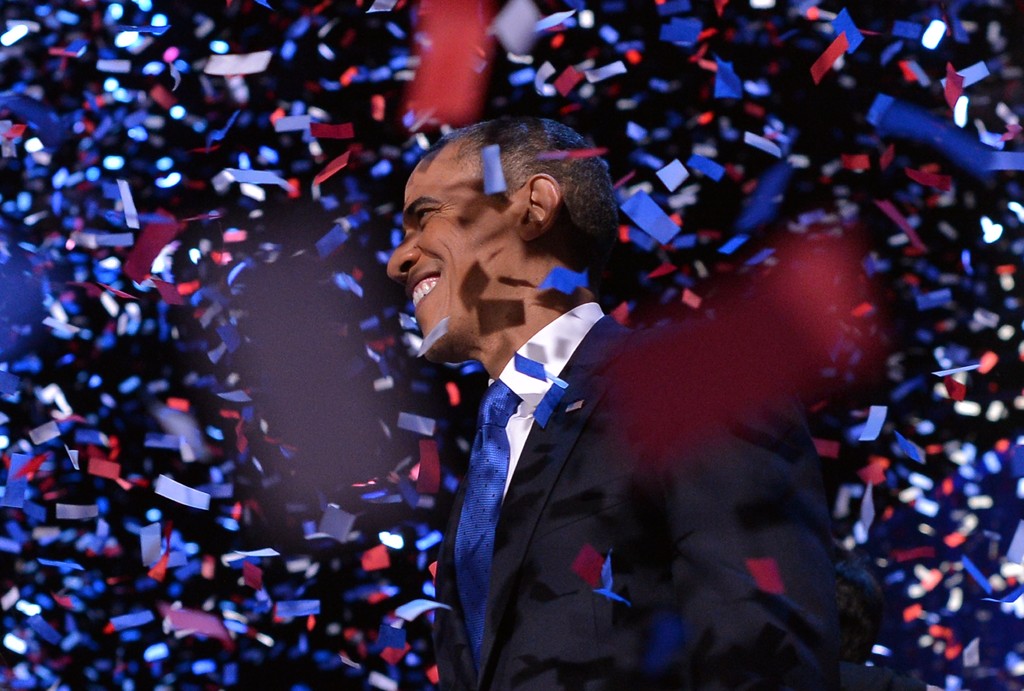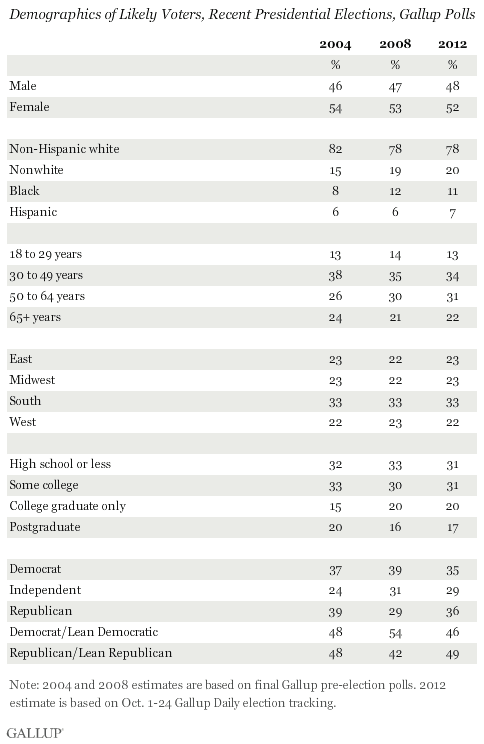
After spending months staring at the electoral map and trying to puzzle out which states might go for President Obama, which for Mitt Romney and by how much, we thought it was worth sorting through the actual results to find the 10 states where the two men ran closest.
These 10 states are likely to be the swing states of the future, the places where both parties — in presidential elections but also midterm races — target their time and money in hopes of swaying a relatively evenly divided electorate.
Before we get to the list of states, a few fun facts:
* Of the 10 states, Obama won nine of them. (North Carolina was the lone Romney victory.)
* Only one — Florida — appears likely to be decided by less than a single percentage point. (At the moment, Obama leads Romney by 0.6 percent with 99 percent of precincts reporting.) That’s a change from 2008 when three states were decided by less than a point: Missouri (0.1 percent), North Carolina (0.4 percent) and Indiana (0.9 percent).
* Of the three states where Romney pledged to expand the map — Michigan, Minnesota and Pennsylvania — only one (Pennsylvania) makes our top 10 closest races. In Michigan, Obama won by 8.5 points, while he carried Minnesota by 7.6 points.
Without further ado, here are our top 10 closest states, ranked from narrowest margin — by percentage — to widest. If less than 100 percent of precincts are reporting in a state, according to the Associated Press, that is noted in parentheses.
1. Florida: 0.6 percent (Obama 49.9, Romney 49.3.)
2. Ohio: 1.9 percent (Obama 50.1, Romney 48.2)
3. North Carolina: 2.2 percent (Romney 50.6, Obama 48.4)
4. Virginia (99% reporting): 3.0 percent (Obama 50.8, Romney 47.8)
5. Colorado: 4.7 percent (Obama 51.2, Romney 46.5)
6. Pennsylvania (99% reporting): 5.2 percent (Obama 52, Romney 46.8)
7. Iowa: 5.6 percent (Obama 52.1, Romney 46.5)
8. New Hampshire (99% reporting): 5.8 percent (Obama 52.2, Romney 46.4)
9. Nevada (99% reporting): 6.6 percent (Obama 52.3, Romney 45.7)
10. Wisconsin: 6.7 percent (Obama 52.8, Romney 46.1)
The future of compromise: So the government of 2013 will look a lot like the government of 2012 and 2011, but will there be more compromise?
We’re getting conflicting signals.
One potentially major shift is House Speaker John Boehner (R-Ohio) saying his party may be open to revenue (read: tax) increases as a part of budget dealing.
“For purposes of forging a bipartisan agreement that begins to solve the problem, we’re willing to accept new revenue, under the right conditions,” Boehner said Wednesday.





